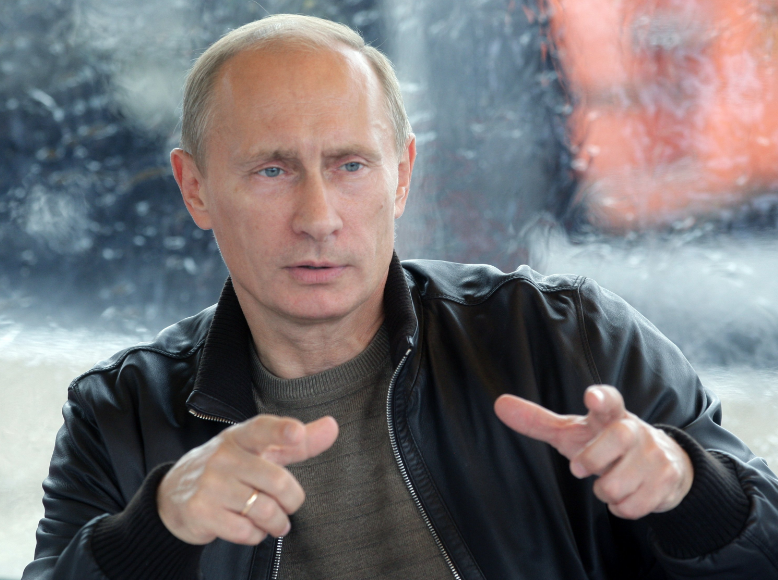By Scott Taylor
On Saturday, July 21, Afghan official media was reporting that Vice President Abdul Rashid Dostum would be welcomed back to Afghanistan with a ceremony at the Kabul airport.
The official line was that Dostum had spent the pervious fourteen months in Turkey due to a medical condition, and he has now recovered enough to return to his Vice Presidential duties.
Glossed over in that narrative was the fact that Dostum left Afghanistan into exile after the Governor of Jowzjan Province - Ahmad Ishchi accused the Vice President and his bodyguards of sexual assault.
Until now, Dostum had repeatedly been denied re-entry into the country and nobody can fully account for the sudden about face by President Ashraf Ghani, who told the media that Dostum would now be “warmly welcomed”.
As it turned out, Second Vice President Mohammad Sarwar Danish was on hand to greet Dostum at the Kabul airport. However, the warm welcome turned deadly when a Daesh jihadist detonated a huge suicide bomb.
Fourteen civilian and military personnel were killed and another 50 plus were wounded. Like a cat with nine lives Dostum, the notorious former Uzbek warlord - the intended target of the blast, survived unscathed.
I first met Dostum in 2007 along with my colleague David Pugliese from the Ottawa Citizen. We had driven across the Hindu Kush Mountains to reach him at his northern Afghanistan stronghold in the ethnic Uzbek province of Sheberghan.
Dostum was to us the very embodiment of the complex and constantly changing political landscape of that war torn country. When the Soviet Union occupied Afghanistan, Dostum served in the Afghan army in support of the communist regime. After the Soviets withdrew in 1989, Dostum eventually turned on communist President Mohammad Najibullah and became a warlord.
Unlike many of the other Mujahideen warlords who enforced a strict code of Sharia Law, Dostum liked his booze and cigars, and in his fiefdom women were encouraged to get an education.
On the battlefield, Dostum and his Uzbeks were considered among the most ruthless. At the time of 9-11, Dostum was part of the Northern Alliance and he was battling the Taliban.
His boss, the charismatic ‘Lion of Panjshir’ Ahmad Shah Massoud had been assassinated the day before 9-11 by al-Qaeda operatives. Dostum was proud to boast that he had called U.S. Secretary of Defense Donald Rumsfeld to pledge allegiance to the U.S. on behalf of the Northern Alliance.
That support is portrayed in the Hollywood movie Twelve Strong, wherein a horse-riding Dostum helps a squad of U.S. Special Forces eliminate a huge horde of Talban.
Not depicted in that film was the subsequent mass executions that led many to characterize Dostum as a war criminal. It is estimated that up to 2,000 Taliban fighters were locked in sea containers and left to simply expire: Death by sea container Dostum style.
None of this prevented Dostum from legitimately getting himself elected to public office.
In fact he was also suspended from his post as Deputy Defence Minister in 2008 for allegedly kidnapping and sodomizing a prominent Turkmen leader named Akbhar Bey. In 2010 we interviewed Akbhar Bey about the alleged rape. He described Dostum as the “most vicious man in the whole world” and bemoaned the fact that even he, as a top political figure could be raped by Dostum and there was no justice.
In 2014, Dostum, the accused serial sodomizer and accused war criminal was sworn in as Afghanistan’s First Vice President. Such is the absolute dysfunction of the regime which the U.S. has installed in Kabul.
In 2007, after my first meeting with Dostum, upon my return to Kabul I spoke with Canadian Ambassador to Afghanistan Chris Alexander. Alexander was furious that I would be giving coverage to Dostum as, to paraphrase the Ambassador, he was yesterday’s bagel in a new modern democracy.
The fact that Canada’s - admittedly young, inexperienced, and too eager by half - Ambassador could have been so far off the mark should be cause for serious concern.
Dostum is still vey much a major player on the Afghan stage. The warlords remain in power, and they remain untouchable. This level of ignorance and naïveté on the part of Alexander, and others in both the Defence department and Foreign Affairs is the reason that Canada should follow the UK’s lead and commit to conducting a full-scale parliamentary investigation into the massive blunders that were made in assessing the Afghanistan quagmire.
For the 158 soldiers killed, over 2,000 physically wounded, and the untold numbers suffering from the invisible wounds of PTSD, we owe it to their sacrifice to ensure no such preventable mistake happens again in the future.






















